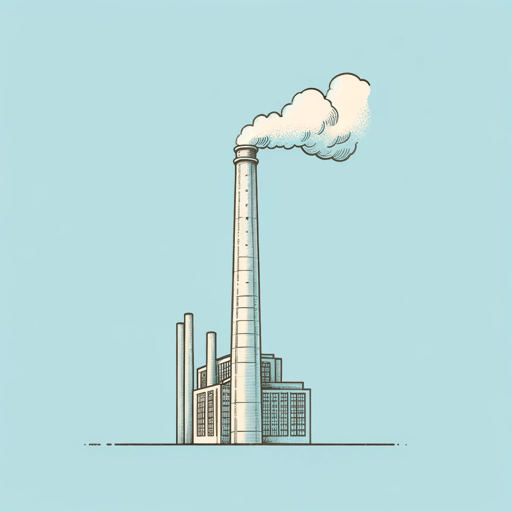60 pages • 2 hours read
Thomas J. SugrueThe Origins of the Urban Crisis: Race and Inequality in Postwar Detroit
Nonfiction | Book | Adult | Published in 1996A modern alternative to SparkNotes and CliffsNotes, SuperSummary offers high-quality Study Guides with detailed chapter summaries and analysis of major themes, characters, and more.
Part 2Chapter Summaries & Analyses
Part 2: “Rust”
Part 2, Chapter 4 Summary and Analysis: “‘The Meanest and the Dirtiest Jobs’: The Structures of Employment Discrimination”
Chapter 4 addresses racial discrimination in Detroit’s labor market. Although Black workers fared relatively well during the war, white workers consistently received preferential treatment on the job. Discriminatory hiring and promotion practices shaped the structure of the labor market. White workers performed skilled and semiskilled work, while Black workers toiled in subordinate unskilled jobs. Employers excluded entire groups of workers they deemed unsuitable for certain types of work, generally basing their decisions on racial stereotypes relating to reliability and productivity. Concern about the impact of racial integration also excluded Black workers from upper-level positions. Uncooperative managers and union leaders often stymied antidiscrimination government efforts. Although workplace discrimination was not universal or identical across industries, Black workers generally faced discrimination in the workplace, trapping them in the most insecure, lowest-paid jobs.
Screening by Race: Employment Agencies and Ads
Before Michigan passed the 1955 Fair Employment Practices Act, which outlawed discrimination based on race, color, and creed, employers typically included racial preferences in their job listings. Some employers even recruited white people from outside the state instead of hiring local Black workers. Employment agencies also screened job applicants by race. Agencies open to Black workers largely catered to people seeking domestic or service help.

